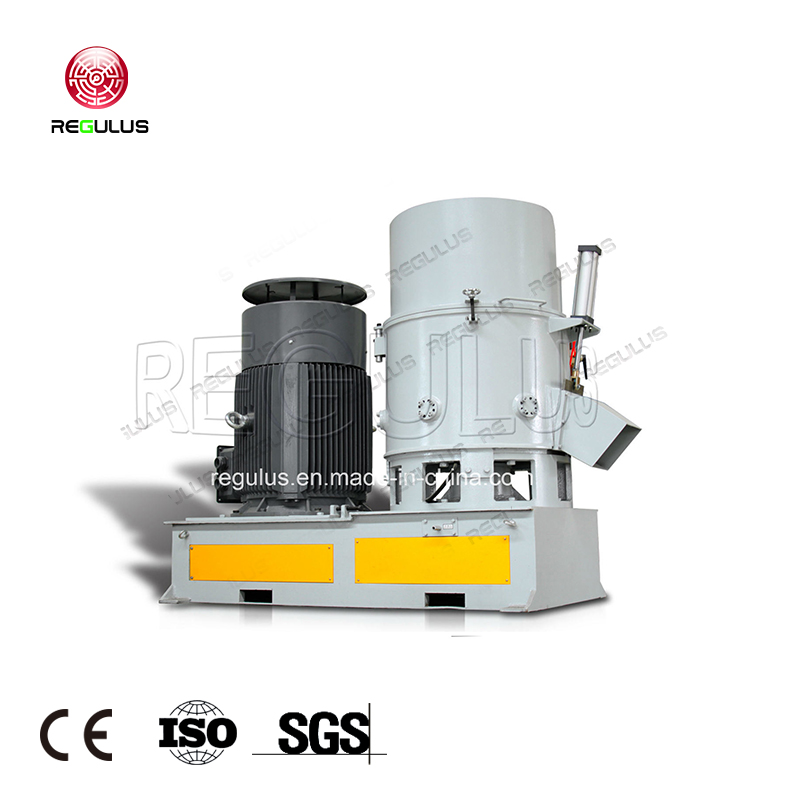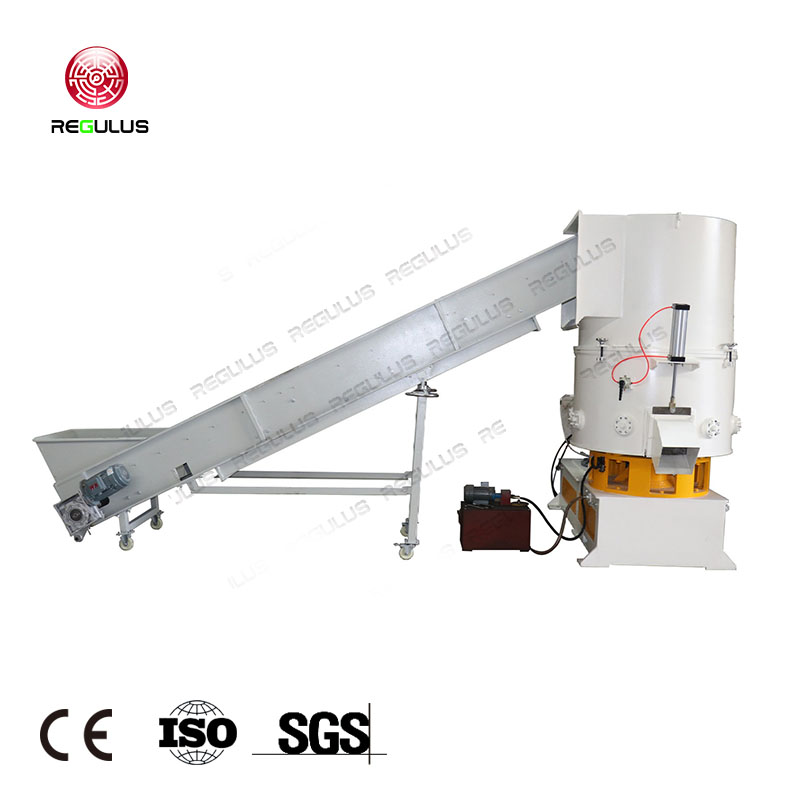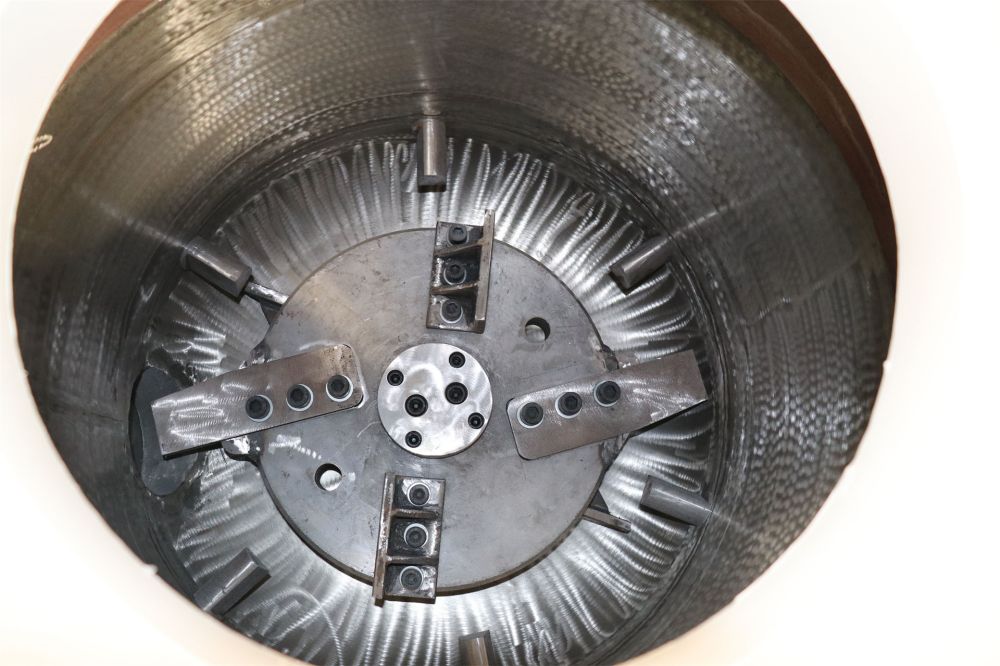
Plastic pollution has become a global environmental concern, prompting the need for effective recycling solutions. Among the key players in the plastic recycling industry is the plastic agglomerator. This remarkable machine has revolutionized the recycling process by efficiently transforming plastic waste into usable materials. In this article, we delve into the workings and significance of the plastic agglomerator, shedding light on its contribution to environmental sustainability and resource conservation.
At the heart of the plastic agglomerator lies a rotating drum or cylinder equipped with sets of blades. Plastic waste, in the form of shredded or granulated particles, is introduced into the agglomerator through a hopper. As the drum rotates, the blades vigorously agitate and break down the plastic particles, generating heat and friction.
Heat, Pressure, and Mechanical Action:
The combination of heat, pressure, and mechanical action in the agglomerator initiates a transformative process. The plastic particles soften and fuse together, forming larger agglomerates or pellets. This process, known as agglomeration or densification, enhances the plastic's bulk density, making it more manageable for subsequent handling, transportation, and storage.
Benefits of Plastic Agglomerates:
Plastic agglomerates offer numerous advantages in the recycling and manufacturing industry. Firstly, their increased bulk density reduces the volume of plastic waste, optimizing storage space and transportation efficiency. Moreover, agglomerates exhibit improved flow properties, facilitating smooth feeding into downstream processes like extrusion or injection molding. This enhances the overall efficiency of subsequent manufacturing operations.
Furthermore, the agglomeration process plays a vital role in purifying recycled materials. By subjecting plastic waste to heat and mechanical action, contaminants and impurities are removed or significantly reduced, resulting in cleaner and higher-quality recycled plastic. This contributes to the production of durable, reliable, and sustainable plastic products.

Environmental Implications:
The significance of plastic agglomerators extends beyond their operational benefits. By enabling the efficient recycling of plastic waste, these machines help mitigate the environmental impact of plastic pollution. Rather than ending up in landfills or polluting our oceans, plastic waste can be transformed into valuable resources, conserving natural resources and reducing energy consumption.
Moreover, the agglomeration process contributes to the circular economy model by closing the loop on plastic production. By recycling plastic waste into agglomerates, these materials can be reintroduced into manufacturing processes, reducing the dependence on virgin plastics and minimizing the carbon footprint associated with plastic production.


Conclusion:
Plastic agglomerators have emerged as a vital component in the plastic recycling industry, facilitating the conversion of plastic waste into reusable materials. Through their efficient agglomeration process, these machines not only improve the handling and quality of recycled plastic but also play a significant role in reducing environmental pollution and promoting sustainable resource utilization.
As the demand for effective plastic recycling solutions continues to grow, plastic agglomerators will remain at the forefront of innovation, enabling us to combat plastic pollution and move towards a more sustainable future.
Post time: Aug-02-2023

